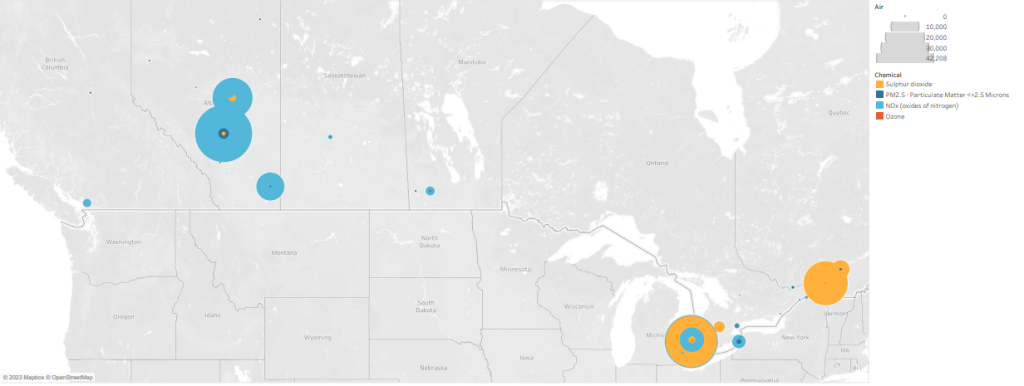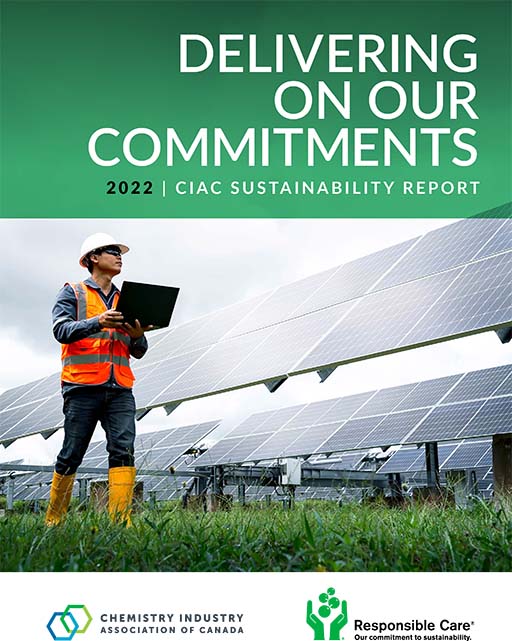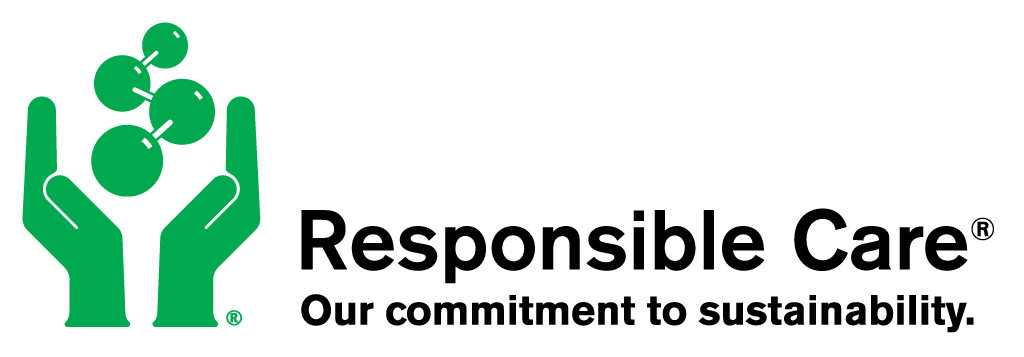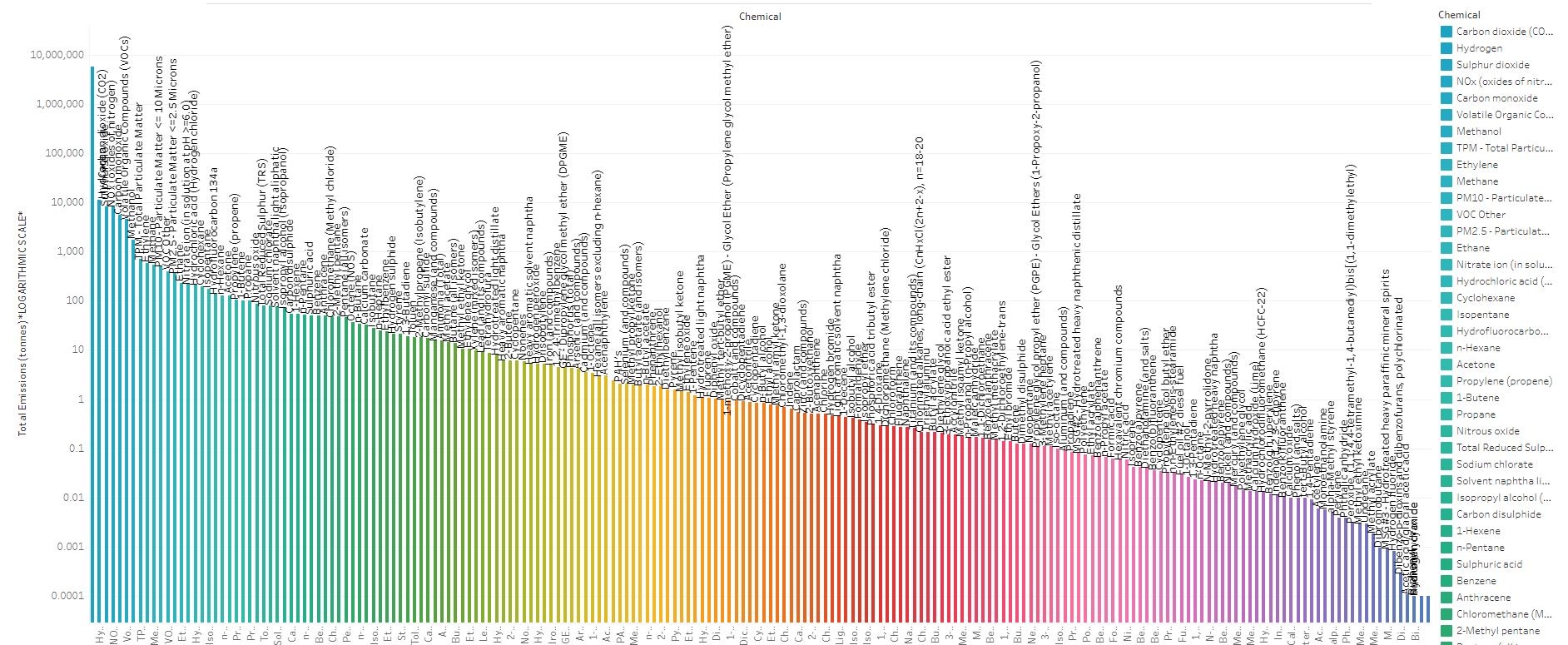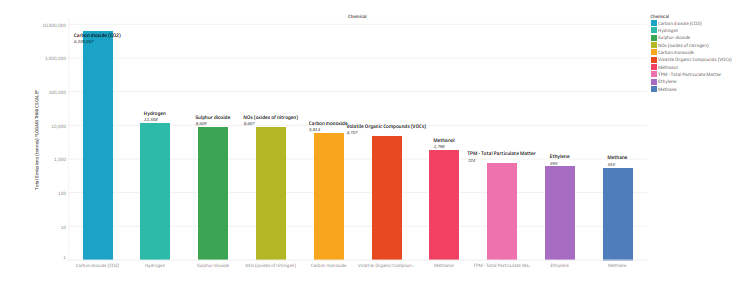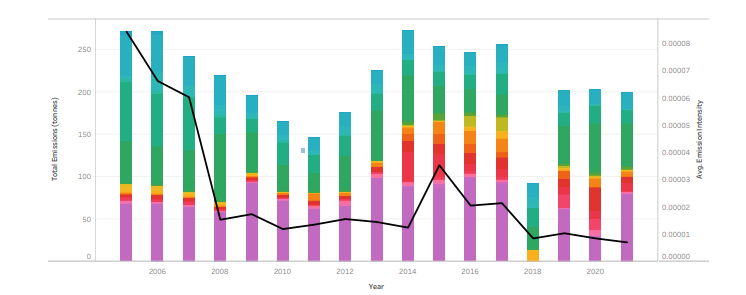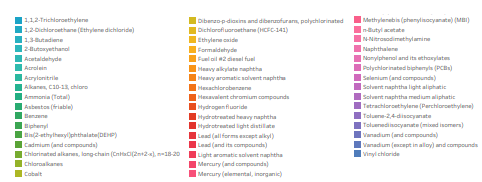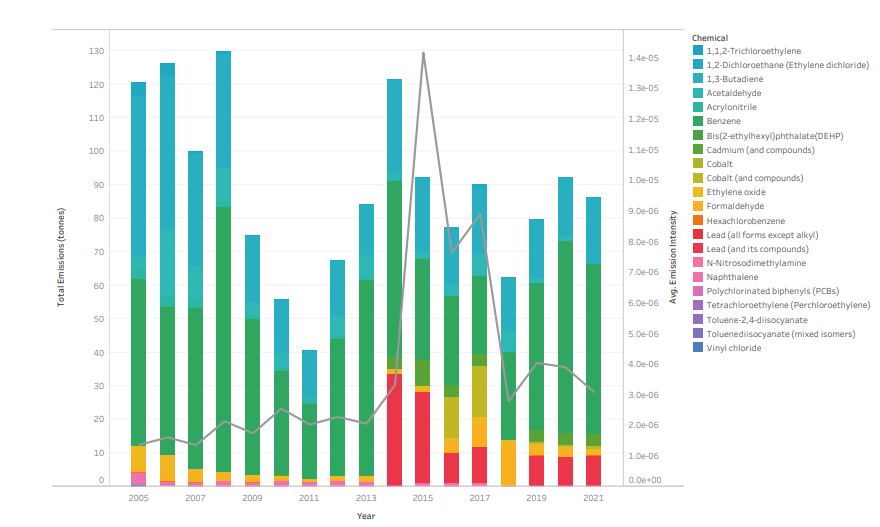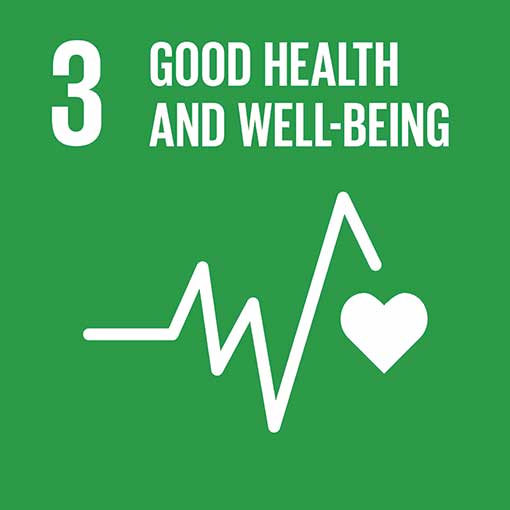
3.9 – By 2030, substantially reduce the number of deaths and illnesses from hazardous chemicals and air, water, and soil pollution and contamination.
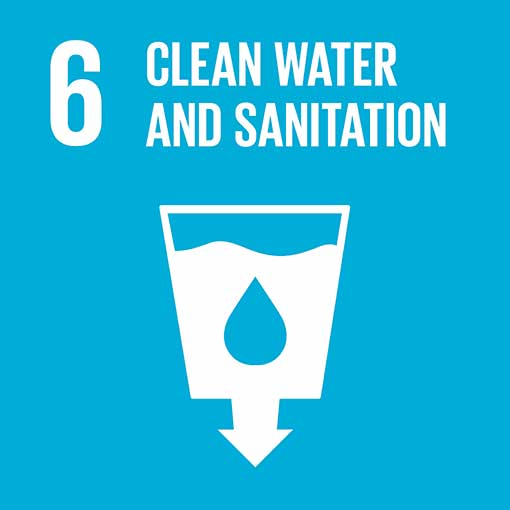
6.3 – By 2030, improve water quality by reducing pollution, eliminating dumping, and minimizing the release of hazardous chemicals and materials, halving the proportion of untreated wastewater and substantially increasing recycling and safe reuse globally.
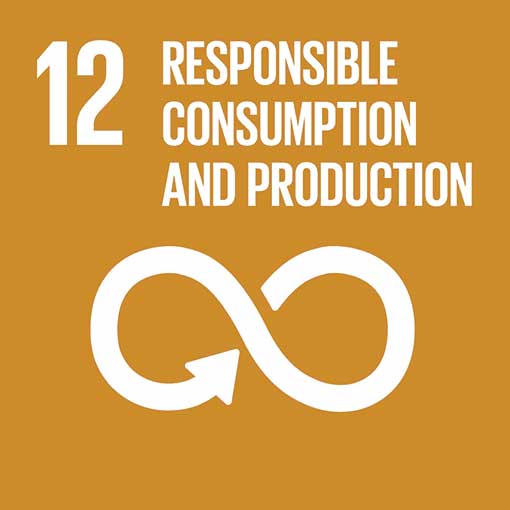
12.4 – By 2020, achieve the environmentally sound management of chemicals and all wastes throughout their life cycle, in accordance with agreed international frameworks, and significantly reduce their release to air, water and soil in order to minimize their adverse impacts on human health and the environment.
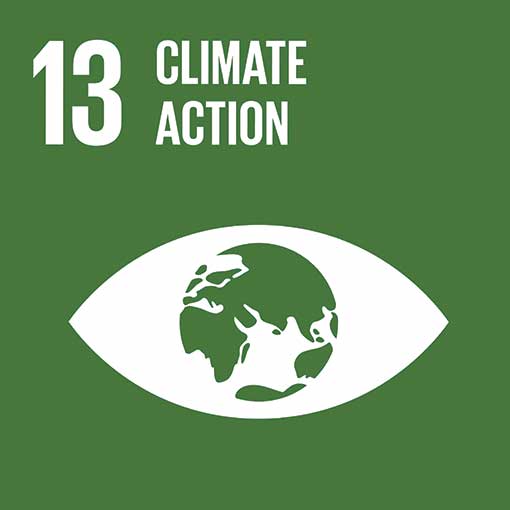
13.2 – Integrate climate change measures into national policies, strategies, and planning.
Through Responsible Care and their commitment to sustainability and continuous improvement, CIAC members continue to invest in pollution prevention, energy efficiency, and resource conservation. CIAC tracks our members’ reductions of key pollutants through the National Emissions Reduction Masterplan (NERM). Since 1992, CIAC has and continues to collect data through its NERM survey on chemical emissions by members including air, water, land, underground injection, and the offsite transfers of those substances in waste or recoverable materials. As shown in Figure 1, in 2021, 196 substances were reported out of more than 900 substances on the NERM substance list, and only 25 substances had emissions over 100 tonnes.
Figure 1. Total NERM emissions in 2021 by chemical (note: logarithmic scale, in tonnes).
Figure 2 shows that the top ten chemicals emitted by CIAC member companies in 2021 were: carbon dioxide (CO2), hydrogen, sulphur dioxide, oxides of nitrogen, carbon monoxide, volatile organic compounds, methanol, total particulate matter, ethylene, and methane. Since NERM’s inception, CO2 has been consistently ranked the highest emitted substance. It is important to note that despite the abundance of greenhouse gases and criteria air contaminants on this list, there are emissions that present an opportunity for innovation and climate change solutions, such as hydrogen.
Figure 2. Top 10 NERM emissions in 2021 (note: logarithmic scale, in tonnes).
Supporting chemicals management
Supporting chemicals management The safe manufacturing of chemistry is at the centre of all the products that ensure our modern way of life. Canadians need to be confident thatt heir health, safety, and environment are protected at all times. CIAC and our members are proud to support Canada as a global leader in the risk-based approach to chemicals management. Since 2005, CIAC members have reduced their emissions of Canadian Environment Protection Act (CEPA) Schedule 1 substances (excluding greenhouse gases and criteria air contaminants, which are analyzed separately) by 26 per cent on an absolute basis and 91 per cent based on emission intensity, as shown in Figure 3.
Figure 3. Total emissions (coloured bars) and average emission intensity (grey line) of CEPA Schedule 1 substances (excluding GHGs and CACs), 2005-2021.
Modernization of the Canadian Environmental Protection Act, 1999
In February, the federal government introduced Bill S-5, Strengthening Environmental Protection for a Healthier Canada Act. This Bill follows, and is very similar to, Bill C-28, which died on the order paper when the 2021 federal election was called. The proposed amendments in this Bill represent the first major reform to the Canadian Environmental Protection Act, 1999 (CEPA) since it was updated more than 20 years ago. Given CIAC’s drive towards continuous improvement through Responsible Care, we welcomed the tabling of this Bill and found the associated amendments to CEPA to be well-balanced and pragmatic, while preserving the risk-based approach at the heart of the Act. Among the more important proposals is a legislative recognition of the “Right to A Healthy Environment” in the preamble of the Act, in keeping with Responsible Care.
CIAC was also pleased to appear before both the Senate Standing Committee on Energy, the Environment, and Natural Resources in May and the House of Commons Standing Committee on Environment and Sustainable Development in November to present our views on the Bill as it sets the stage for the next wave of chemicals management in Canada.
The following figures explore key trends for key groups of chemicals requiring risk management:
Benzene, toluene, ethylbenzene, and xylenes
Often, a group of VOCs, collectively known as BTEX, comprising benzene, toluene, ethylbenzene, and xylenes (mixed isomers – ortho, meta, para) are measured and analyzed as they are straightforward to monitor together and provide a well-rounded picture of aromatic VOCs that are present in most urban areas. Since 2005, CIAC members have reduced their emissions of BTEX by 29 per cent on an absolute basis and 33 per cent based on emission intensity.
Carcinogens listed on CEPA Schedule 1
The International Agency for Research on Cancer (IARC) classifies substances as Group 1 (carcinogenic to humans), Group 2A (probably carcinogenic to humans), Group 2B (possibly carcinogenic to humans), and Group 3 (not classifiable as to its carcinogenicity to humans). Since 2005, CIAC members have reduced their emissions of IARC Group 1, 2A, and 2B substances by 33 per cent on an absolute basis.
Figure 5. Total emissions (coloured bars) and average emission intensity (grey line) of IARC class 1 and 2 substances, 2005-2021.
Air stressors included in the Sarnia Area Environmental Health Project
The Sarnia Area Environmental Health Project (SAEHP) aims to address concerns of Sarnia area communities about air pollution and other environmental stressors from local industries in the area. The Air Exposure Review is a scientific assessment that describes community exposures and associated risks to human health from chemicals in the outdoor air in the Sarnia area. Since 2005, CIAC members have reduced their emissions of SAEHP substances by 91 per cent on an absolute basis and 96 per cent based on emission intensity.
Figure 6. Total emissions (coloured bars) and average emission intensity (grey line) of SAEHP Air Exposure Review substances, 2005-2021.


Criteria air contaminants
The Air Quality Management System (AQMS) is a comprehensive and collaborative approach by federal, provincial, and territorial governments to reduce the emissions and ambient concentrations of various pollutants of concern (i.e., criteria air contaminants or CACs), providing a framework for collaborative action across Canada to further protect human health and the environment from harmful air pollutants through continuous improvement of air quality. This program was built on a foundation of collaboration, accountability, and transparency. Industry, non-governmental and Indigenous organizations, including CIAC, worked with governments to develop the AQMS, and CIAC, along with other stakeholders, continues to monitor implementation of the AQMS and participate in its ongoing development and improvement. As seen in the figure below, since 2005, CIAC members have seen a 31 per cent decrease in total CAC emissions and 34 per cent decrease in CAC emission intensity.
Figure 7. Total criteria air contaminant emissions (coloured bars) and average emission intensity (grey line), 2005-2021.
Canadian Ambient Air Quality Standards (CAAQS) are developed as a key element of the AQMS to drive improvement of air quality across Canada. CAAQS have been developed for nitrogen dioxide (NO2), sulphur dioxide (SO2), fine particulate matter (PM2.5) and ozone (O3).
The figure below illustrates member emissions of SO2, PM2.5, and NOx geographically according to federal airshed (no O3 emissions reported in 2021). Based on this figure, it seems that most releases are of NOx in Prairie and East Central airsheds and SO2 in the East Central. However, it should be noted though that major maintenance and re-investment activities in the Prairie region, including the installation of low-NOx burners, will lead to reductions in NOx emissions in the future.
Figure 8. Geographic representation of PM2.5, SO2 , and NOx air emissions in 2021 by airshed.
